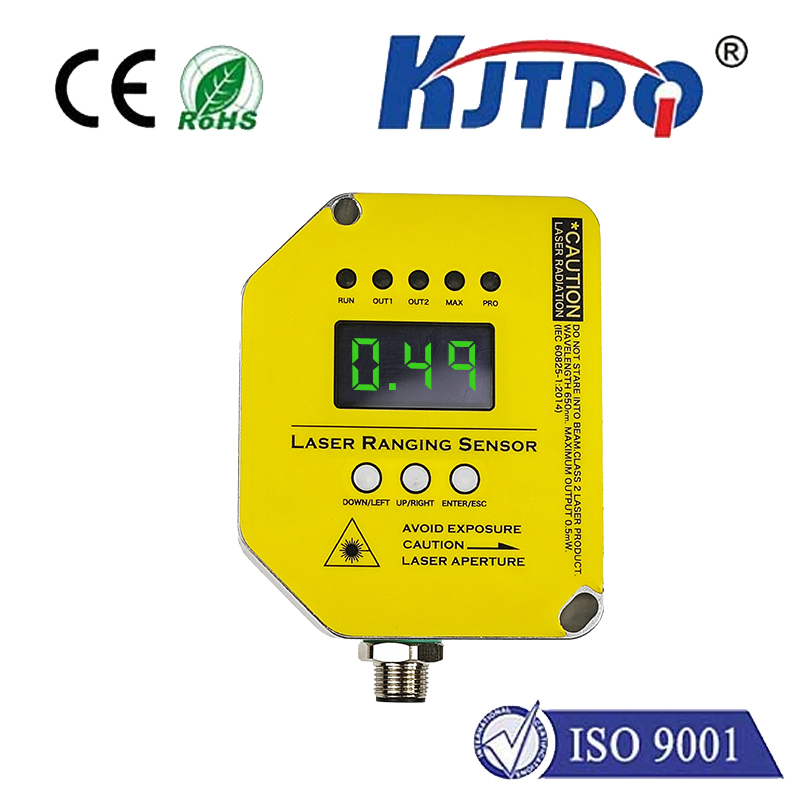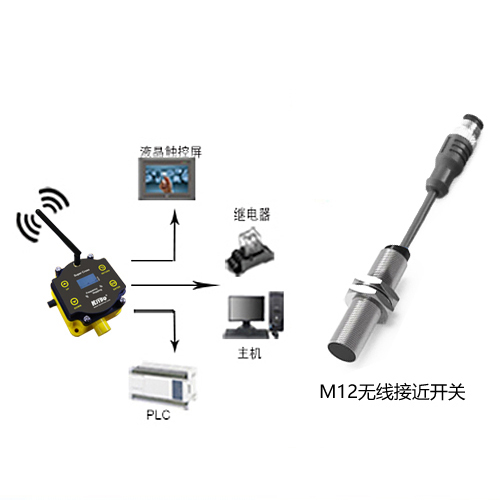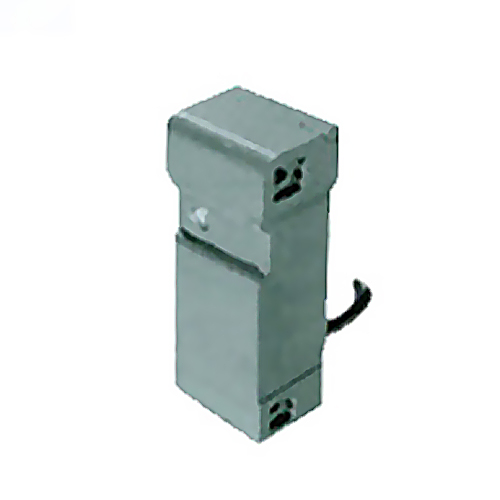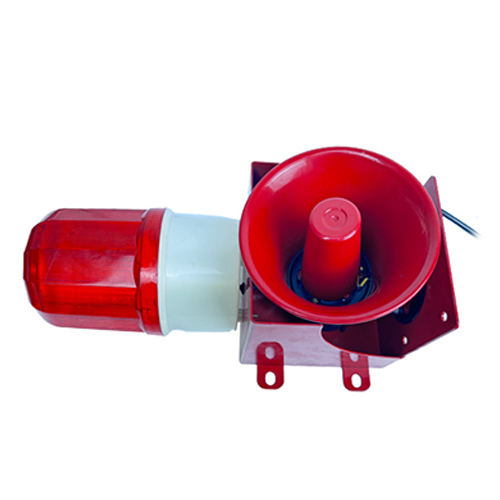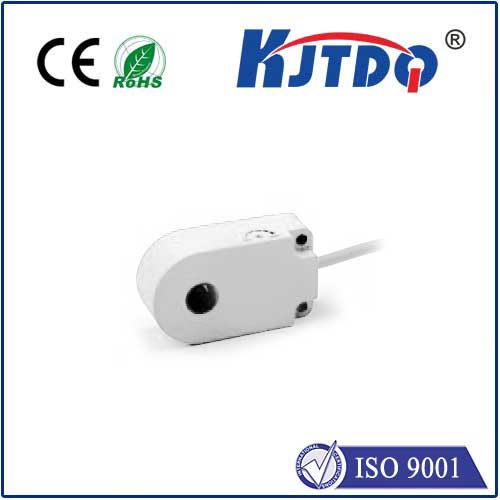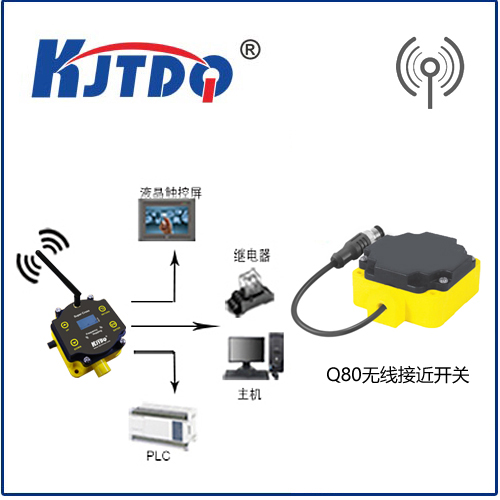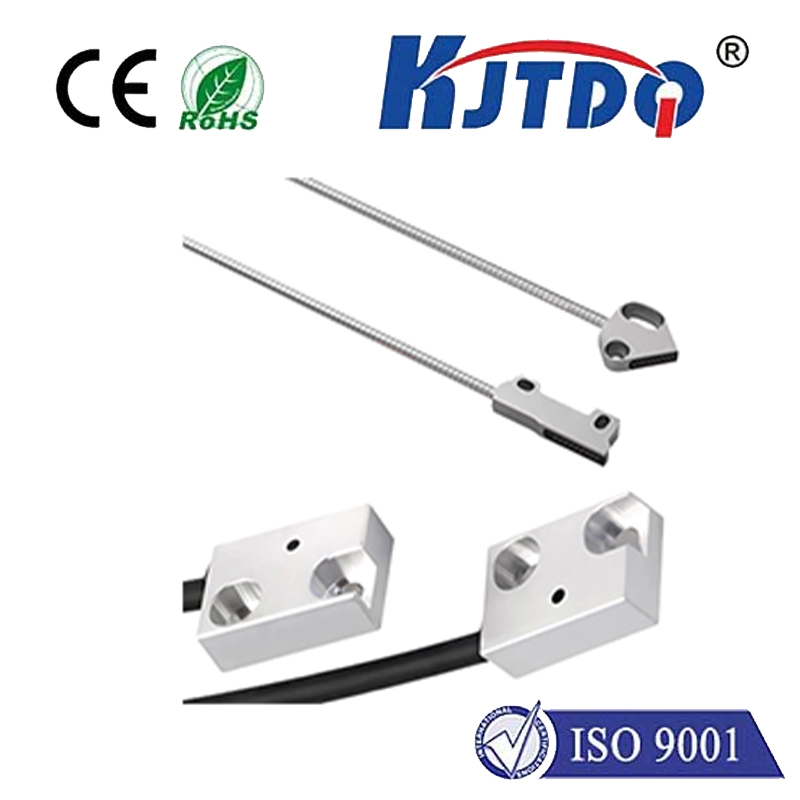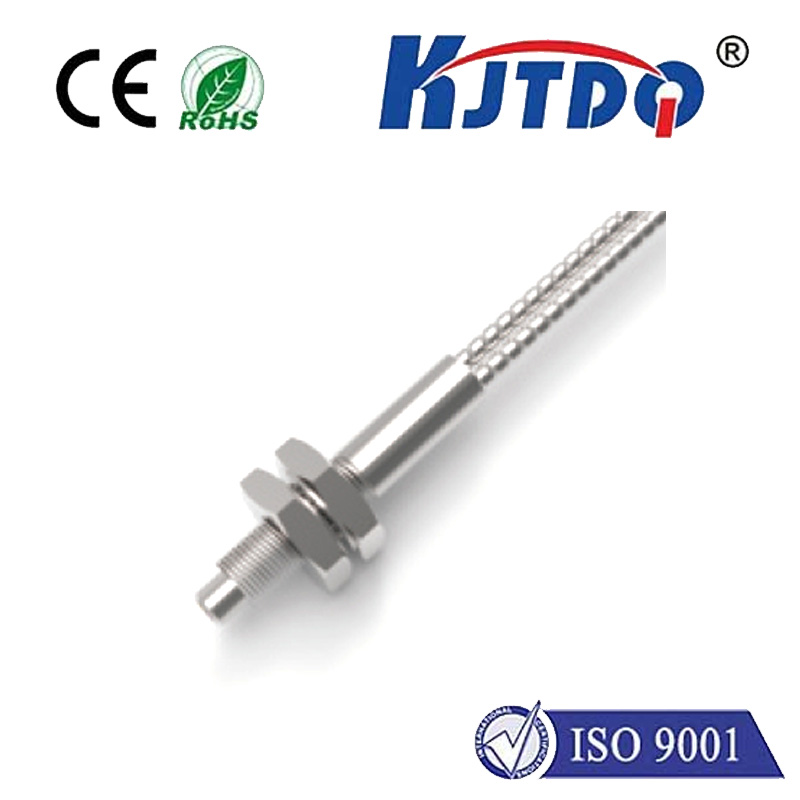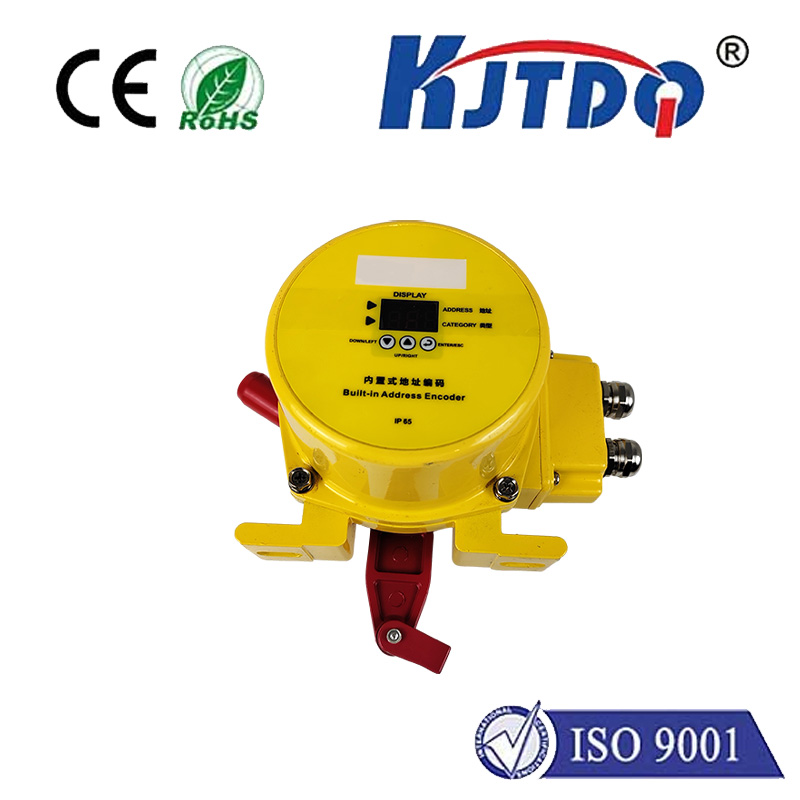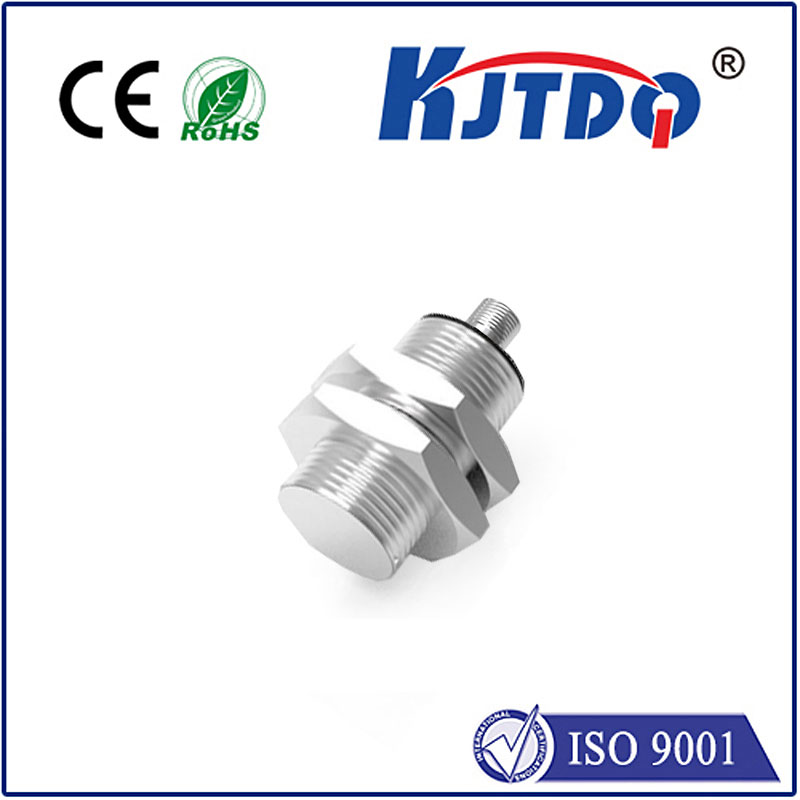

check

check

check

check
Unveiling the BES01T8 High Pressure Proximity Sensor for Industrial Excellence
Imagine working in a high-stakes manufacturing plant, where hydraulic systems operate under immense pressure, and a single malfunction could cause costly downtime or safety hazards. In such environments, proximity sensors aren’t just convenient—they’re lifesavers. Now, picture the BES01T8 High Pressure Proximity Sensor, a cutting-edge device engineered to thrive where others fail. This sensor isn’t merely a component; it’s a game-changer for industries demanding reliability and precision. As we dive into this comprehensive guide, we’ll explore how the BES01T8 redefines safety and efficiency in high-pressure scenarios, shedding light on its unique features, seamless integration, and real-world applications. Ready to discover why engineers worldwide are turning to this marvel? Let’s get started.

At its core, the BES01T8 is a proximity sensor specifically designed to detect objects without physical contact, even in extreme high-pressure conditions. Proximity sensors, in general, rely on technologies like inductive or capacitive sensing to identify nearby metal or non-metal objects, triggering responses without wear-and-tear. What sets the BES01T8 apart is its robust construction, making it ideal for settings where pressures exceed standard limits—think oil drilling rigs, aerospace testing, or automotive hydraulics. For instance, in a hydraulic system operating at over 300 bar, traditional sensors might falter due to seal failures or signal interference. But the BES01T8 excels here, featuring reinforced housing and advanced shielding that ensure consistent detection. This isn’t just about avoiding false alarms; it’s about maintaining operational continuity. Key specifications include a detection range of up to 8 mm and IP67-rated protection against dust and moisture, allowing it to perform flawlessly in harsh industrial landscapes. By focusing on durability and accuracy, this sensor minimizes downtime and maximizes productivity—a critical advantage for sectors where milliseconds matter.
So, how does this innovative high pressure proximity sensor actually work? The magic lies in its inductive sensing technology. When an object approaches within its detection zone, the sensor generates an electromagnetic field that interacts with the target, inducing eddy currents and altering the field’s properties. This change is instantly converted into an electrical signal, outputting a reliable “detect” or “not detect” status. Crucially, the BES01T8 incorporates temperature and pressure compensation, ensuring stability under fluctuating conditions. For example, in an automotive assembly line where robotic arms operate near high-pressure cylinders, the sensor’s immunity to electromagnetic interference prevents glitches, boosting precision. Moreover, its fast response time—under 1 millisecond—makes it indispensable for safety-critical applications, such as shutting off machinery if an operator gets too close. This efficiency stems from optimized circuitry and high-quality materials, like stainless-steel components that withstand corrosion in marine or chemical environments. As a result, users experience fewer false triggers and extended sensor life, reducing maintenance costs significantly. Integrating the BES01T8 into existing systems is straightforward, thanks to standard M12 connectors and easy calibration protocols. Ultimately, it transforms complex detection tasks into seamless, hands-off operations.
Why choose the BES01T8 over other proximity sensors? The benefits are clear and multifaceted. First off, its superior reliability shines in high-pressure scenarios. Unlike basic models that degrade under stress, the BES01T8’s design accounts for thermal expansion and vibration, ensuring years of trouble-free service. This translates to lower total ownership costs—factories report up to 30% savings on replacements and repairs. Second, precision is paramount. With adjustable sensitivity and hysteresis settings, it caters to diverse needs, from detecting tiny components in electronics manufacturing to monitoring large valves in power plants. Consider the oil and gas sector, where sensors must endure pressures above 500 bar while detecting pipeline obstructions. Here, the BES01T8’s sealed enclosure prevents fluid ingress, a common failure point, making it a trusted ally for leak detection systems. Third, its energy efficiency stands out, operating on low voltage (typically 10-30V DC) to reduce power consumption without compromising performance. This eco-friendly aspect aligns with modern sustainability goals. Additionally, the sensor’s compatibility with industry standards like IEC 60947 streamlines upgrades for legacy equipment. In essence, the BES01T8 isn’t just functional—it’s intelligent engineering that anticipates challenges.
Exploring applications reveals how versatile the BES01T8 High Pressure Proximity Sensor truly is. In automotive manufacturing, it monitors hydraulic presses and robotic welders, detecting tool positions to prevent collisions and ensure assembly accuracy. A major carmaker recently implemented BES01T8 units across their line, slashing error rates by 40% and enhancing worker safety. Similarly, in renewable energy, it safeguards wind turbine hydraulic systems by sensing blade movements under high-pressure winds, enabling real-time adjustments for optimal output. The medical device industry also benefits, where sterilization processes involve high-pressure autoclaves—here, the sensor detects chamber closures reliably, maintaining sterility without human intervention. Other key sectors include aerospace testing, food processing, and heavy machinery, leveraging its robustness for tasks like valve position monitoring or conveyor belt synchronization. For instance, in a bottling plant, the BES01T8 identifies containers passing through high-pressure cleaning stages, preventing jams and spoilage. By choosing this sensor, companies unlock scalable solutions that adapt to evolving demands. Importantly, its global certifications, like CE and UL listings, ensure compliance with safety regulations, giving users peace of mind across international markets.
To maximize the BES01T8’s potential, consider best practices for installation and maintenance. Proper mounting is vital—position the sensor away from direct metal contact to avoid interference, and ensure a stable voltage supply to maintain signal integrity. Routine checks for debris buildup or environmental damage can prevent issues; cleaning
